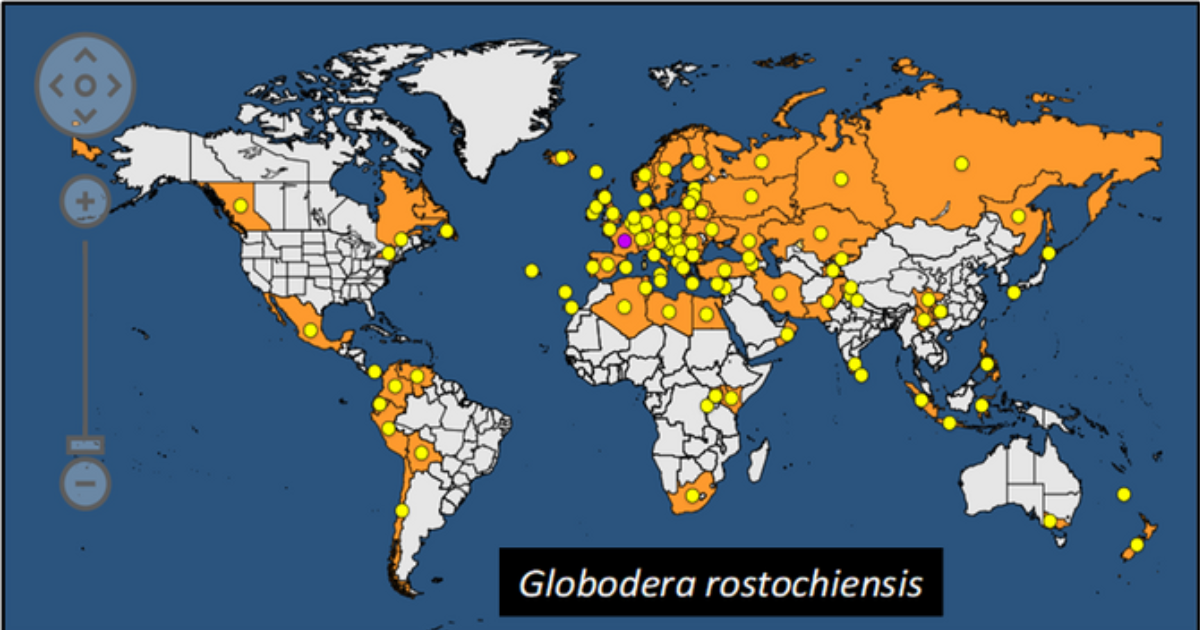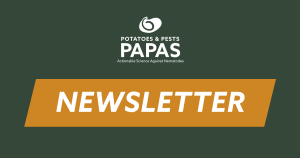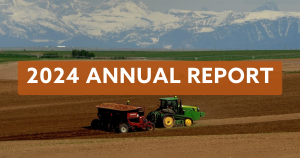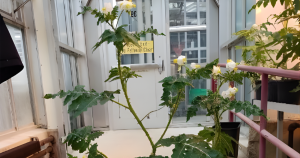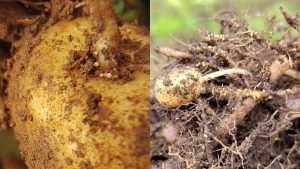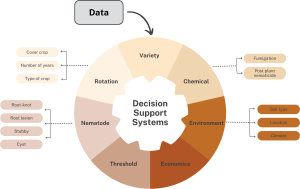Global Distribution of Potato Cyst Nematodes
The potato cyst nematodes (PCN), pale (white) cyst nematode (Globodera pallida) and golden (yellow) nematode (G. Rostochiensis), are economically devastating pests of potato. Originating in the Andes of South America PCN coevolved with Solanum spp. including potato, PCNs primary host. Thriving at altitudes of up to 2,000 m in the Andes, these pests of potato have a wide environmental range that is suitable for their life cycle. Due to this PCN has been able to spread globally and is found on all continents except Antarctica.
PCN was first introduced to Europe in the mid-nineteenth century, which then became a secondary source of spread for this nematode. The golden nematode is found in 74 countries/regions and the pale nematode in 49 countries/regions as of 2022 (Figure 1).
The large range of suitable habitats allows PCN to invade many different types of habitats. There is a 97% overlap of suitable habitats between the two species of PCNs (He et al 2022). Because of this niche similarity, some fields have mixed infestations, although not in the US. The golden nematode survives in a wider environmental range then pale cyst nematode. However, in Europe, the pale cyst nematode has been overtaking the golden nematode in co-infested fields due to the use of potato varieties resistant to the golden nematode (Trudgill et al 2003).
Distribution of Potato Cyst Nematodes in the USA
Within the USA, PCN is distributed in two different states (Figure 1). G. rostochiensis is found only in potato growing areas in New York. Whereas, G. pallida was first discovered in Idaho in 2006. The infestation is delimited to fields in Bingham and Bonneville Counties, Idaho.
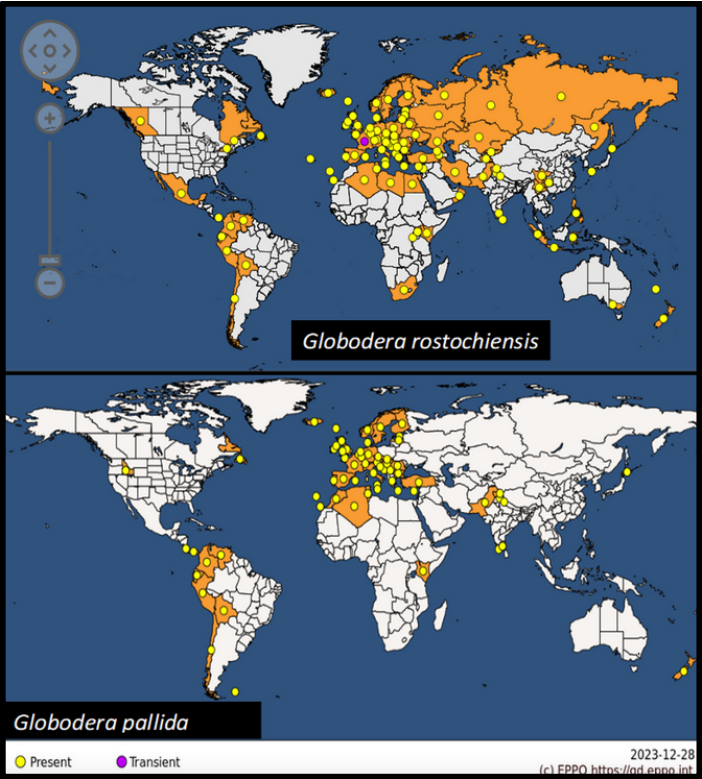
- Only about 1% of potato growing area in Idaho is infested with pale cyst nematode (Globodera pallida).
- Total infested acres is 3,538; and a further 2,957 acres are regulated because of association to infested fields.
- Most of the fields are found within a radius of less than 10 km.
New York State is the only other state in the US with an infestation of PCN, but in NY fields are infested with golden nematode (Globodera rostochiensis).
- New York does not have Globodera pallida.
- Globodera rostochiensis was first discovered in Long Island, NY in 1941.
- Likely introduced into the state by military equipment brought back from Europe after WWI.
- The golden cyst nematode is confined to New York state.
- Currently 5,945 acres of infested regulated fields.
Strict phytosanitary guidelines have contained the infestation and prevented spread to other potato growing areas in Idaho, and the rest of the country.
This material is based upon work that is supported by the National Institute of Food and Agriculture, U.S. Department of Agriculture, under award number 2021-38640-39159 through the Western Sustainable Agriculture Research and Education program under project number 2021-04770. USDA is an equal opportunity employer and service provider. Any opinions, findings, conclusions, or recommendations expressed in this publication are those of the author(s) and do not necessarily reflect the view of the U.S. Department of Agriculture.
References:
- EPPO. (2023). Globodera pallida and Globodera rostochiensis global distribution map. European and Mediterranean Plant Protection Organization. Gd.eppo.int
- He, Y., Wang, R., Zhao, H., Ren, Y., Agarwal, M., Zheng, D., Gao, S., McKirdy, J., & Chu, D. (2022). Predicting potential global distribution and risk regions for potato cyst nematodes (Globodera rostochiensis and Globodera pallida). Scientific reports, 12(1), 21843.
- Trudgill, D. L., Elliott, M. J., Evans, K. & Phillips, M. S. The white potato cyst nematode (Globodera pallida)—A critical analysis of the threat in Britain. Ann. Appl. Biol. 143, 73–80. https://doi.org/10.1111/j.1744-7348.2003.tb00271.x (2003).

